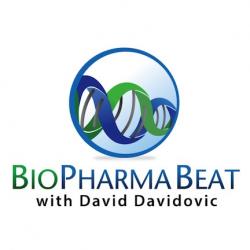

Leave it to Apple to try to wake up a moribund field. They did this with MP3 players, music, and cell phones, among others. Yesterday at the World Wide Developers Conference (WWDC) in San Francisco, in their much-anticipated keynote, Apple announced the launch of “HealthKit,” a hub app for iOS to integrate health and fitness information in a common ecosystem. They also announced partnerships with The Mayo Clinic, with Nike, and others to support the application. With the advent of a standard consumer platform, I am sure many other players will join, including: hospitals, private practices, HER/EMR system providers, labs, etc.
Why is this different than the efforts of many over the last few years and why should we care? Well, A huge difference is indeed the ecosystem. Although, for now, this announcement of just a hub to collect and report tracked and collected data seems underwhelming, the potential is big. In all of the previous efforts, trackers and monitors tended to stand alone and not be integrated into anything – not without convoluted uploading and pairing steps, inconsistent user interfaces, unstandardized data, and a fragmented infrastructure. This is probably the reason Nike pulled its Fuel Band from the market and held off until this collaboration with Apple.
Apple’s announcement essentially has the potential to do the same it did with music. Aside from the elegance and simplicity of their user interfaces, they have a great track record in pulling together disparate pieces into a finely-tuned, seamless ecosystem. Of course, the potential of the “big data” they will have access to cannot be discounted.
So far, my worry had been that the novelty, price, and complexity of this field was only attracting otherwise healthy individuals who are already super-conscious and highly motivated to act on their health – aka The Worried Well. Not having a common ecosystem or platform meant only the highly-motivated would go through the trouble of dealing with many disparate and incoherent pieces. This news today, I believe, will broaden the appeal, reach and affordability to a much wider group of people, this time reaching those who do need the feedback that trackers and monitors bring to actually create and maintain healthy behaviors. Having partners in the delivery of healthcare sign up to participate will mean much more meaningful use (a term borrowed from the EHR field) of those apps and the various devices and services the hub will be connecting with.
The “quantified-self movement” lives on. And the “worried well” may be joined by those who may not be so well or so worried, but can use good and accurate data to better manage their health and fitness.